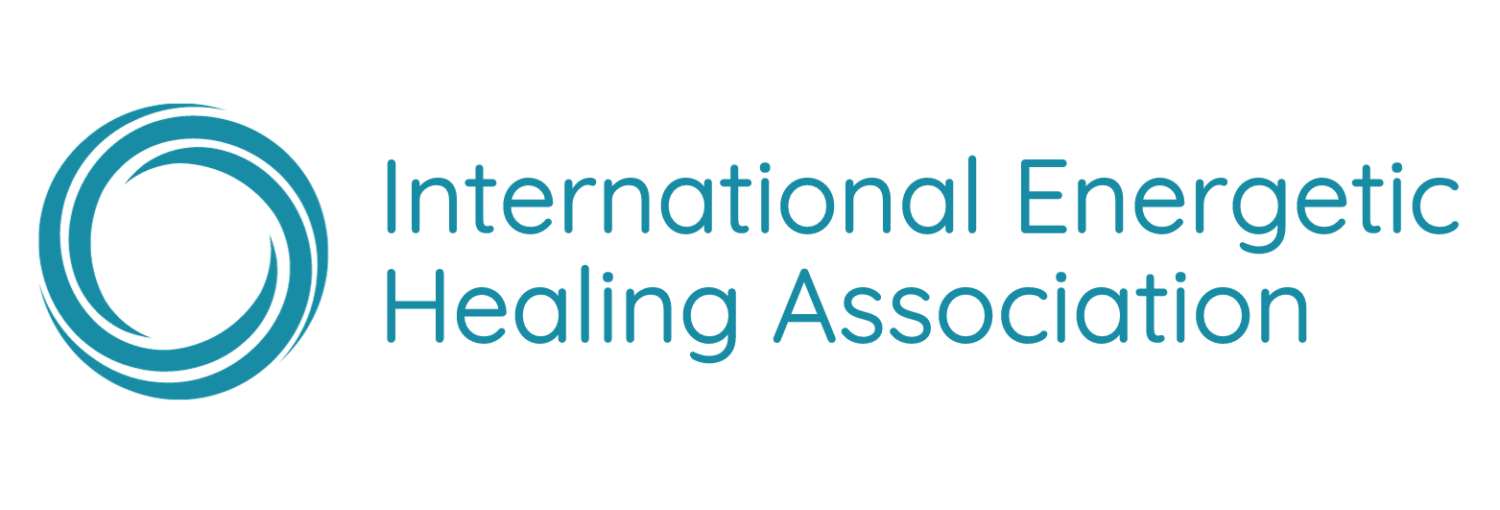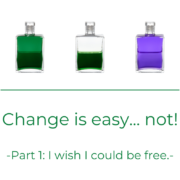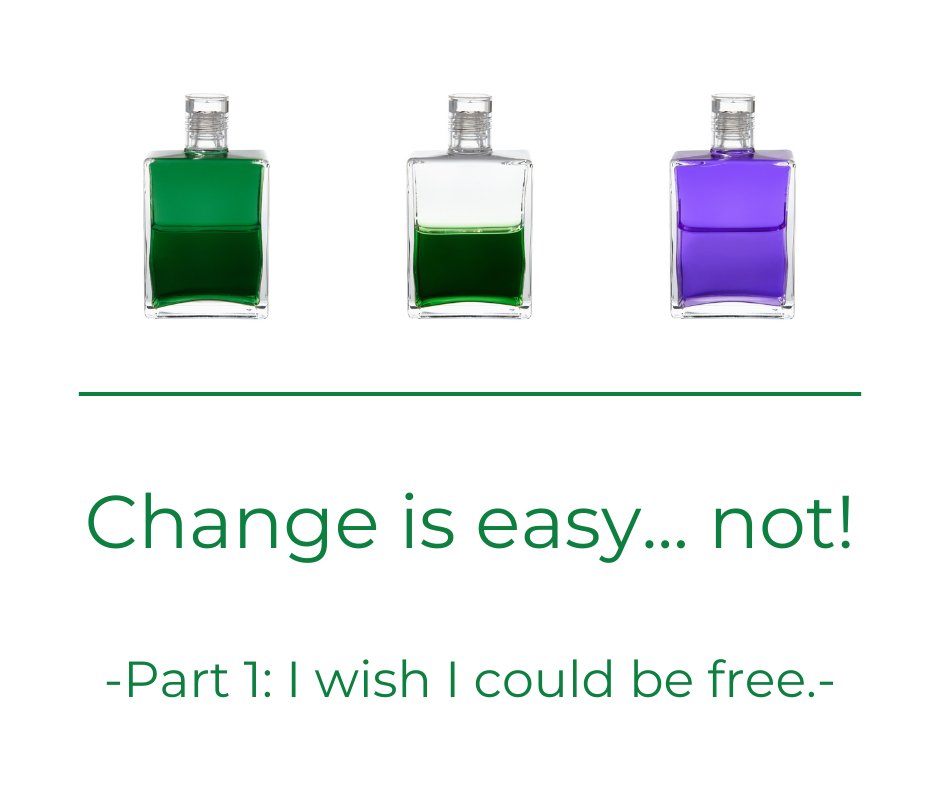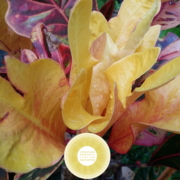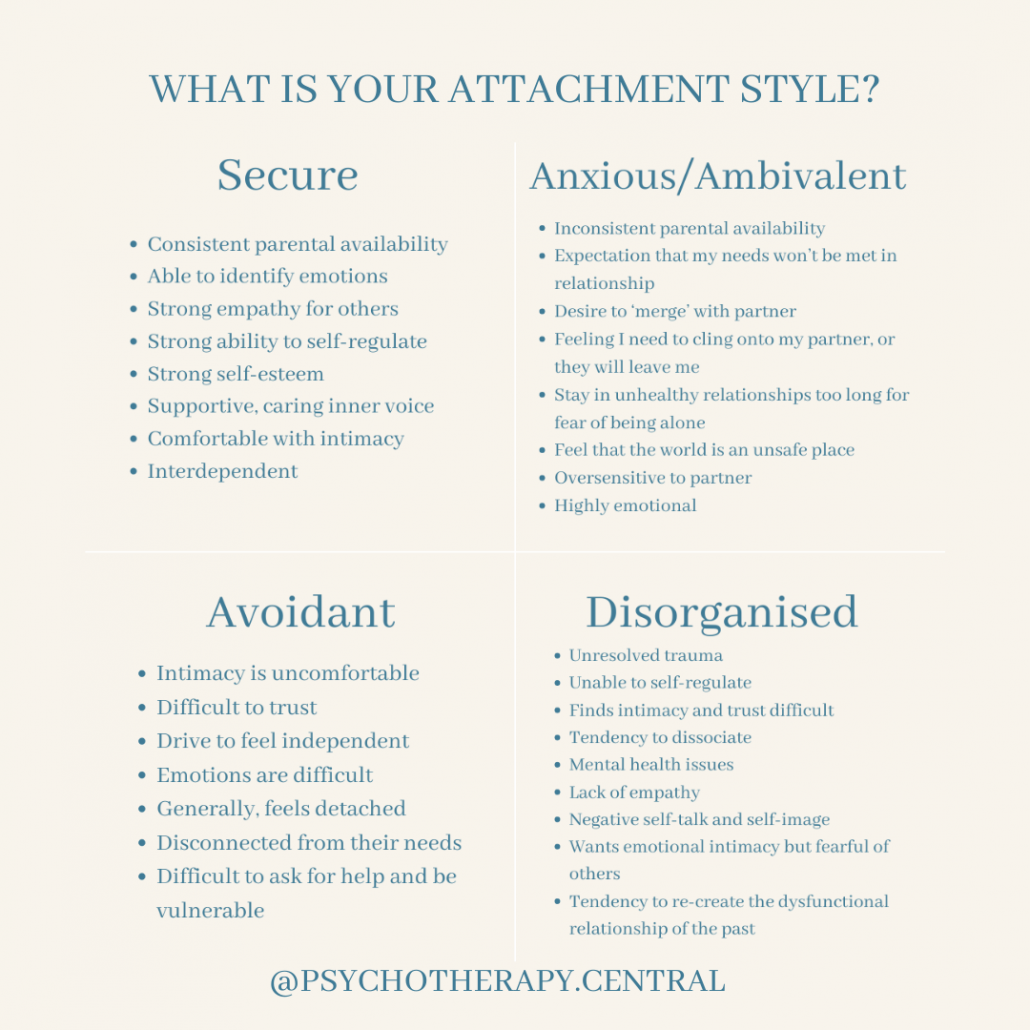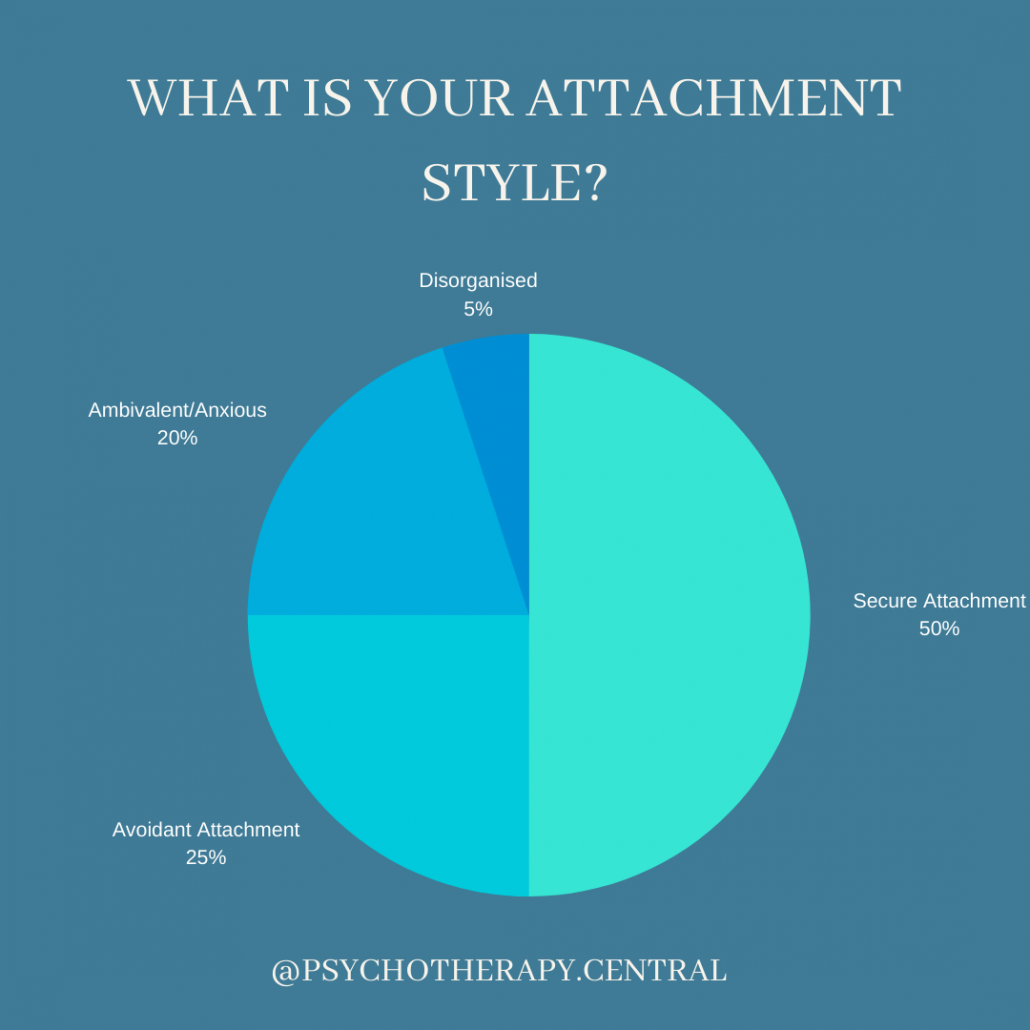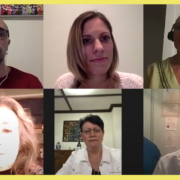by Jennifer Nurick, IEHA President
The International Energetic Healing Association is a co-creation. At its core, we are a group of individuals who are passionate about energetic healing and are committed to raising the profile of energetic healing globally.
Our members are individuals who honour the vibrant world of energy and recognize the mind-body-spirit as an intelligent, dynamic system.
So, how do we run an energetic organisation?
That is an ever-evolving question for us at the IEHA and we are constantly charged with ‘listening’ to what the energy of the IEHA would like us to do next.
How do we ‘listen’ to what the association needs?
We have an Energy team which is currently made up of eleven members. We meet about once every three weeks with the intention of assisting the IEHA in any way we can. We have found that projects seem to flow ‘through’ members.
What I mean by this, is that a member will suddenly feel inspired to start a project, like Healers Connect, or a book or a conference! The inspired person brings it to the group and we all ‘tune in’. We are curious as a group about how it ‘feels’. We notice if there is excitement, trepidation, a joint feeling of ‘yes’, or not. We hold it without attachment, but with curiosity.
If it feels like a ‘yes’, we get curious about the people who that project is ‘talking’ to. Those are likely to be the people feeling excited by the project. Some will feel strongly drawn to be involved and others will not. We honour that. We allow the energy to do the talking and we try to listen.
This is a much more ‘yin’ way of working than is common in most organisations at present. It is authentic, because we are not doing a project because we will be paid for it, we are doing a project because there is genuine enthusiasm and resonance.
How we work in the energy team aligns with our core values of:
Authenticity – we listen to the energy and authentically express how it lands for each of us
Innovation – we use new ways to run the organisation aligned with energetics.
Collaboration – we bring an initiative to the group, and we collaborate. Every project the IEHA has done has been a collaboration between members.
Contribution – All members of the energy team are there in the spirit of service.
Wisdom – Tuning into the group intelligence and wisdom to move forward in the best way for the group and the association.
The energy team has a regular rotation of membership so that the energy can shift when it needs to.
I hope this has given you some insight into the inner workings of the IEHA. Wherever you are, if you feel called to join us, click on this link to explore different kinds of membership.
Much love from the whole energy team at the IEHA.
Up until the age of two our brain is growing at a furious rate. The neurons are connecting, and the brain is being wired, literally. In the relationship with our primary care giver (usually the mother) we are being wired for relationship. As children we depend on this person for food, love, understanding and survival, so we adapt out behaviour to suit the situation we are experiencing in that relationship to stay live, fed and loved.
If the mother was not available or inconsistent in their availability or even abusive, the attachment bond that was created is called ‘insecure’. Three distinct insecure styles have been identified by researchers:
Ambivalent / anxious – develops clingy and insecure traits as an adult
Avoidant – develops intimacy issues and can be ‘cold’ as an adult
Disorganised – this is a combination of the two above – flips between being clingy and distancing. Often the result of trauma in the relationship with the mother.
This first relational ‘imprint’ continues into adulthood. We have unconscious expectations that the person we are in an adult intimate relationship with, will behave the same way as our mother did. So, if she was unavailable and cold, we will have an expectation that our needs won’t be met by our partner and there is no point in sharing. We may want to be intimate but have no experience of what that feels and looks like from the inside.
If you read through the list and feel that you fall into one of the three insecurely attached groups and have felt the pain of that attachment style over and over again in your intimate relationships, in your friendships and at work, know that you CAN help yourself.
After our detailed exploration of the four styles we will be looking at practical ways we can rewire our personality for more fulfilling relationships.
You CAN go back and rewire that original attachment to create profound shifts and healing in your adult life. I have seen it happen again and again in therapy, so have hope.
Membership
About IEHA
The International Energetic Healing Association is comprised of individuals who reside in a vibrant world of Energy and recognize the Mind-Body-Spirit as an intelligent, dynamic system. We support other Beings at whatever level is needed in order to bring their systems into Balance.
Categories
- Aura-Soma System
- Cocreation
- Colour
- Crystal Sound and Light Institute
- Energetic Healing
- Energy
- Energy in Focus
- Global Accreditation
- IEHA
- IEHA Energy Team
- Inspiration
- Institute For Quantum Consciousness
- Luna Month
- Luna Month in focus
- Lunar Month Astrology
- News
- Other
- Shamanic Energy Healing
- Vaccines
- Zodiac Food
Archive
- December 2023
- November 2023
- October 2023
- September 2023
- August 2023
- July 2023
- June 2023
- May 2023
- April 2023
- March 2023
- February 2023
- January 2023
- November 2022
- October 2022
- September 2022
- August 2022
- July 2022
- June 2022
- May 2022
- June 2021
- April 2021
- October 2020
- August 2019
- September 2018
- July 2018
- November 2016
- October 2016
- September 2016
- August 2016
- July 2016
- June 2016
